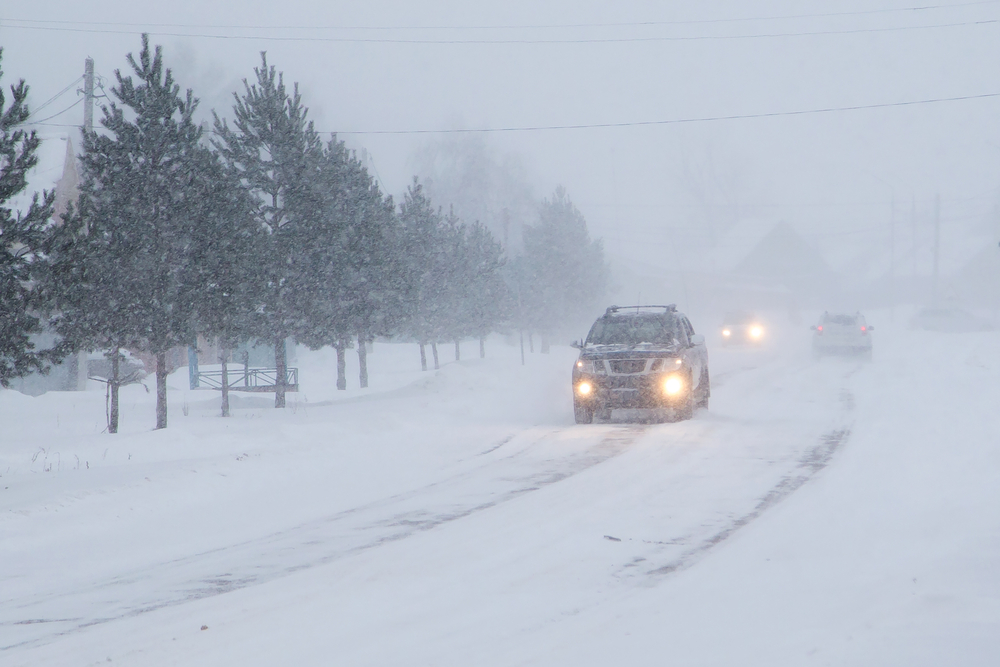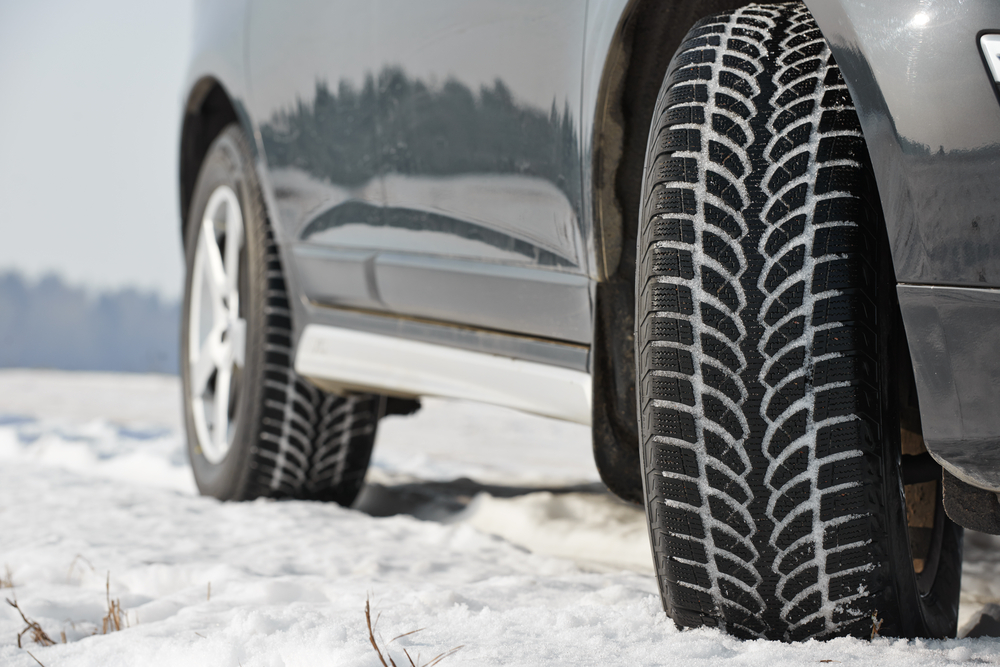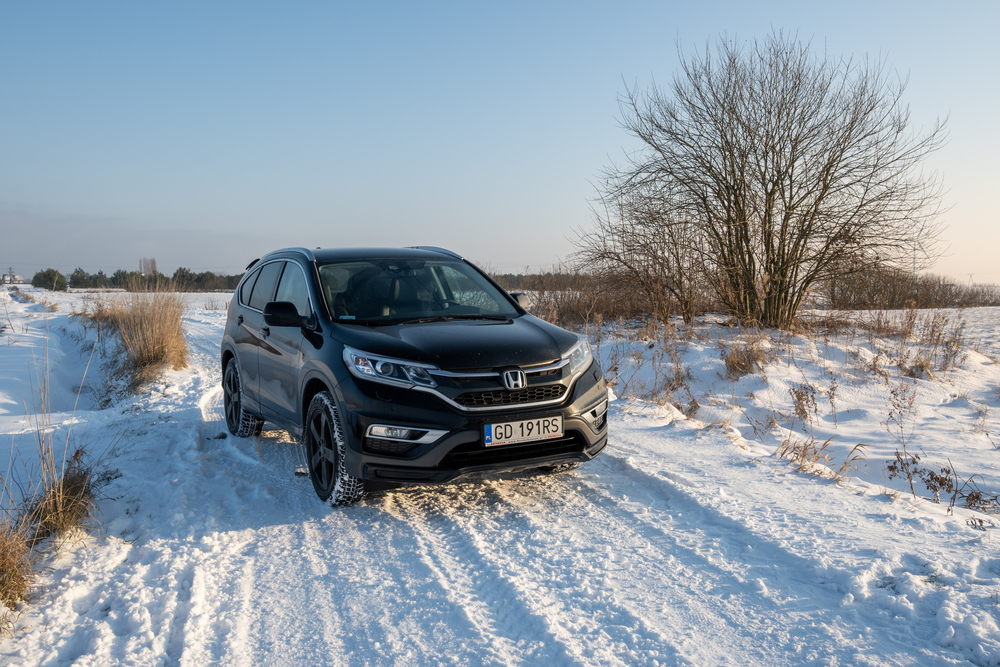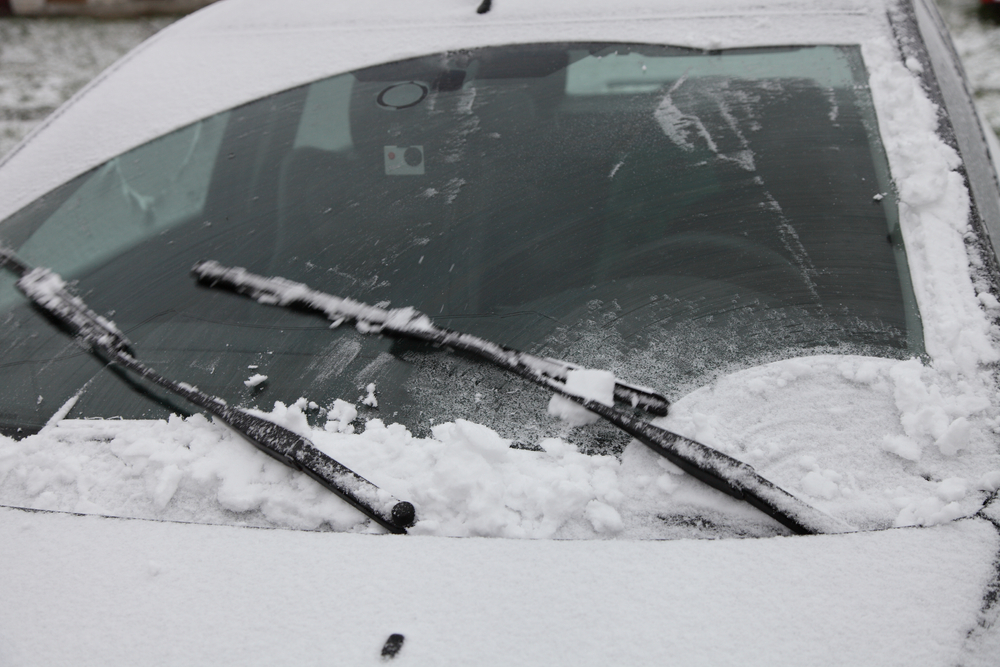Winter driving can be tricky, and there’s a lot of misinformation out there. From misconceptions about snow tires to myths about how to handle icy roads, many drivers are left uncertain about the best practices. In this article, we’ll debunk 20 common winter driving myths and set the record straight with the facts every driver should know to stay safe this season.
Contents
All-wheel drive (AWD) means you can drive safely on any winter road.

AWD can help improve traction, but it doesn’t prevent accidents. It’s especially helpful for accelerating on snow or ice, but it doesn’t improve braking or cornering. Winter tires are still necessary for safety.
You don’t need to replace your tires in winter if they still look good.

Even if your tires look fine, they may not be safe in cold temperatures. Winter tires are designed with specialized rubber compounds that stay flexible in cold weather, providing better grip.
Salt on the roads can melt all the snow and ice.

While salt helps, it can only melt snow and ice at temperatures above 15°F (-9°C). Below that, it becomes less effective, and ice can still be dangerous.
You should warm up your car for 10-15 minutes before driving in winter.

Modern cars don’t need to be warmed up for long. Idling for more than a minute wastes fuel and harms the environment. It’s better to drive slowly to warm the engine efficiently.
Using cruise control in snow or ice is fine if you’re driving at a constant speed.

Cruise control is dangerous in winter conditions. It can cause your car to accelerate on slippery surfaces when you need to reduce speed, leading to a loss of control.
Snow tires aren’t necessary unless you live in the snowbelt.

Snow tires improve traction in cold weather, not just on snow-covered roads. If temperatures consistently dip below 45°F (7°C), winter tires can provide better performance than all-season tires.
You should drive with your headlights on in snowstorms to see better.

In snowstorms, headlights can reflect off the snow, reducing visibility. Instead, use low beams or fog lights to reduce glare. High beams can make conditions worse by scattering light.
If your car slides on ice, you should slam on the brakes.

Slamming on the brakes can make things worse by locking your wheels and increasing the likelihood of a spin. Instead, gently apply the brakes or steer in the direction you want to go.
You should always drive in the tracks left by other vehicles in snow.

While it may seem like a safe choice, following tire tracks can be dangerous. Tracks can hide patches of ice or deep snow. It’s better to maintain your own steady, safe speed.
Four-wheel drive (4WD) makes your truck invincible in snow.

4WD helps with traction but does not improve braking or handling on ice. It’s still essential to drive carefully and use winter tires, as 4WD won’t help if you can’t stop.
It’s safe to drive with just a small patch of windshield wiper fluid.

Running low on windshield wiper fluid in winter can be dangerous. Snow and ice can obscure visibility, and it’s important to have enough fluid to keep your windshield clear throughout your drive.
You only need to clear snow off the windshield before driving.

It’s essential to clear snow and ice from your entire car before driving, including the roof, headlights, and taillights. Snow flying off your car can impair the visibility of other drivers.
Winter roads are always more slippery than wet roads in other seasons.

Not always. Roads covered in slush or fresh snow may be slippery, but dry or treated roads can be just as hazardous in the winter. Always adjust your speed based on conditions.
Your car will warm up quickly if you drive aggressively.

Driving aggressively can actually damage your engine. It’s best to let the car warm up gradually by driving gently. Excessive speed in cold weather can also wear down your tires and suspension faster.
You don’t need to check tire pressure in winter because it doesn’t change.

Tire pressure drops in colder temperatures. For every 10°F decrease in temperature, tire pressure can drop by 1-2 PSI. Underinflated tires can reduce traction and fuel efficiency, so check pressure regularly.
A larger vehicle like an SUV is always better for winter driving.

While SUVs may offer better ground clearance, they aren’t automatically safer in winter conditions. Their heavier weight can make them harder to stop on icy roads, and without winter tires, they may perform poorly.
You can drive the same speed in winter as you do in dry conditions.

Winter roads require slower speeds. Even if the road looks clear, ice can be invisible. Slowing down allows you to react more effectively to unexpected conditions and helps maintain control.
A small car is more dangerous in winter driving.

While small cars have less weight and may not perform as well in deep snow, they can be more nimble and better suited for icy conditions if equipped with proper winter tires. It’s not just about size, but tire choice.
It’s fine to use your regular wipers in a snowstorm.

Standard wipers can freeze in the cold and become ineffective. Use winter-specific wipers with rubber that resists freezing and remove any buildup of snow or ice from your wipers regularly.
Cold weather doesn’t affect your battery life.

Cold temperatures can significantly reduce battery performance, especially if the battery is old or weak. If your battery is near the end of its lifespan, consider replacing it before the cold sets in.
This article originally appeared in MyCarMakesNoise.
More from MyCarMakesNoise
20 Key Pros and Cons of Owning a High-Performance Sports Car

High-performance sports cars are a dream for many car enthusiasts, offering speed, style, and a thrilling driving experience. However, these powerful machines come with their own set of advantages and disadvantages. In this article, we explore 20 pros and cons of owning a high-performance sports car to help you decide if this exciting investment is right for you. Read More
25 Iconic Race Cars That Redefined Speed and Style

Race cars are not just about speed and performance; they’re also about making a visual statement. From bold colors to sleek lines, some race cars stand out not only for their engineering but also for their striking looks. In this article, we’ll take a look at the 25 most eye-catching race cars in history that have turned heads both on and off the track. Read More
15 Reasons It Might Be Wise to Hold Off on That Electric Car

Thinking about making the switch to an electric car? While the idea is exciting, there are a few important factors to consider before making the leap. In this article, we’ll explore 15 compelling reasons why you might want to hold off on purchasing an electric vehicle just yet. Read More














